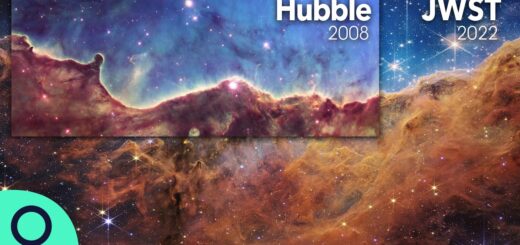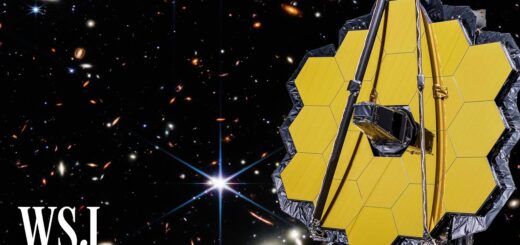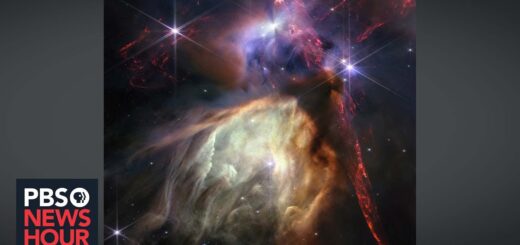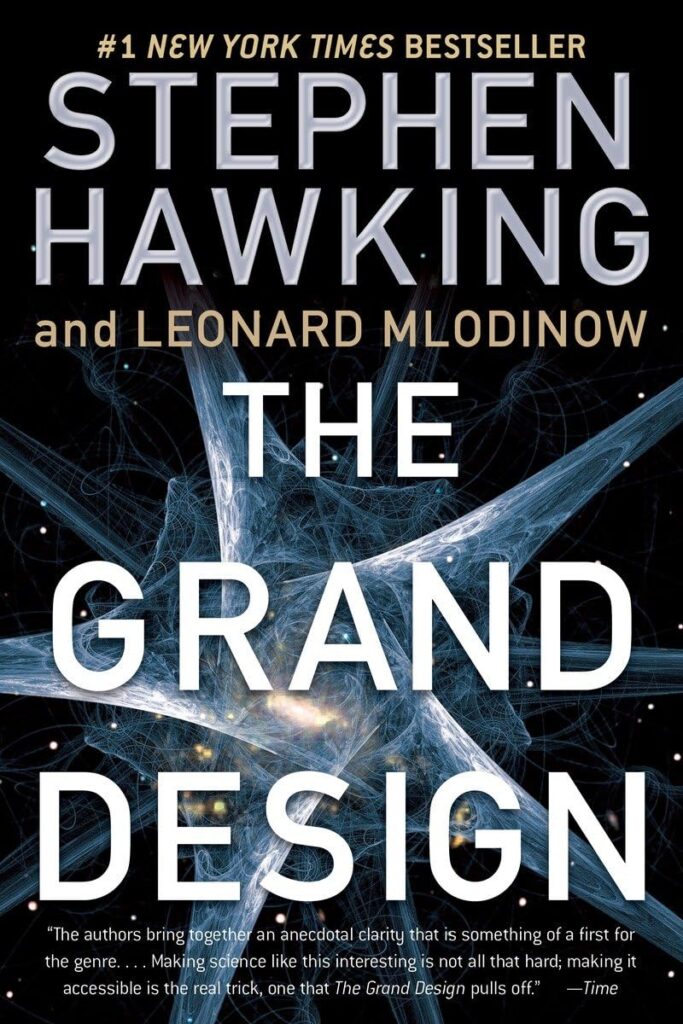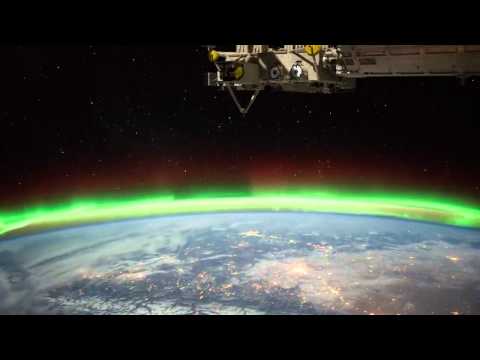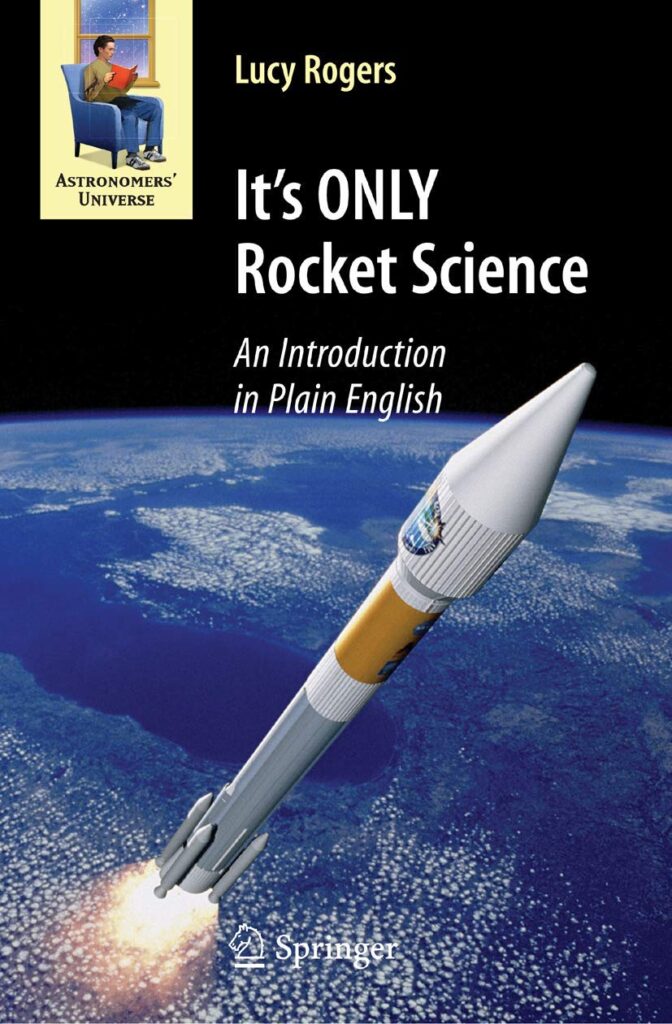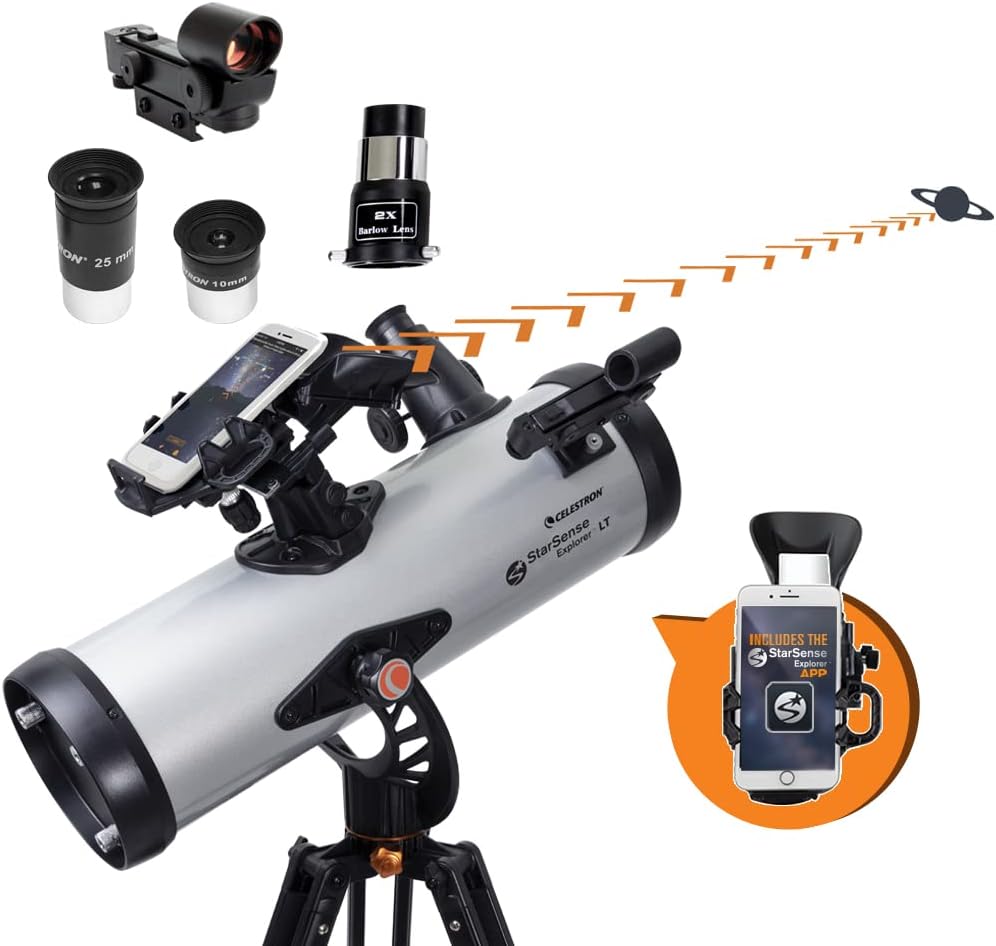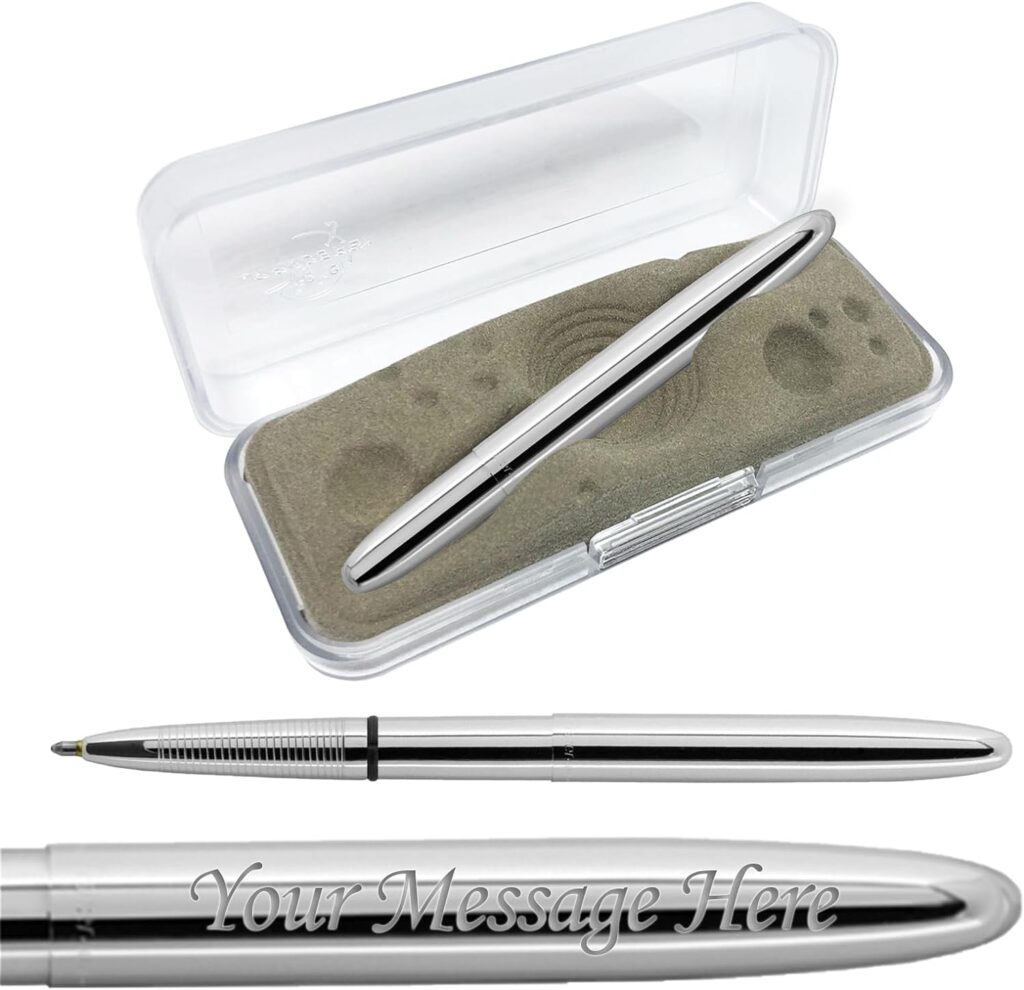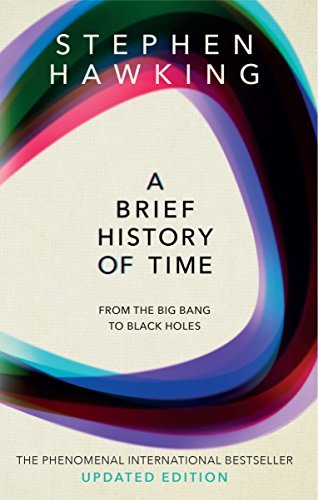Incredible Discoveries Of The James Webb Telescope | Universe Explorers | BBC Earth Science
The James Webb Space Telescope is revealing the universe like never before. Our planets, the furthest galaxies, and the strangest phenomena. And what you can see is actually material falling into a black hole. And that’s only in the first few weeks. There’s going to be a lot more discoveries to come. The James Webb Space Telescope is a product of decades of hard work from scientists around the world. I have been waiting my entire astronomy career for JWST. It is absolutely revolutionary compared to what was available. It’s very, very rare in science that you make a big step forward in your measurement capability in the way that JWST has done for astronomy. And it’s just, it just doesn’t happen very often in the history of science, and that’s really exciting and significant. One of the things that makes James Webb so special is its gigantic mirror. So that there are various things that make the primary mirror on James Webb special and incredible. The first is the sheer size of the mirror. It’s the largest one ever launched. The Webb mirror is around six and a half metres in size, so if you can imagine that, that’s bigger than most houses that you’re walking by. It’s so large it wouldn’t fit in the rocket. So they had to devise a way of folding it up so that it would fit inside the top of the rocket. It’s absolutely humongous. And that makes a really big difference in terms of the sensitivity of the telescope. Well, it’s thousands of times more sensitive than Hubble. It’s a step forward of factors of a thousand or more. Factors of several thousand, in fact, I’m correcting myself. The bigger the mirror, the more light you collect, the bigger the collecting area, the more sensitive you are and the further you can see. The other thing that makes it absolutely incredible is the precision with which it’s been made. If the mirror was stretched to be the size of the United States and you were to measure the size of the biggest bumps and dips on the mirror, you’re only looking at a bump or a dip of order one centimetre in size . It’s absolutely incredible. And that’s what generates the near-perfect images from the primary mirror. But it’s not just the mirror that makes the images from James Webb so incredible. It’s also the type of light that it detects. The James Webb Space Telescope detects infrared light, which is a wavelength of light that we can’t see, but the unique properties of infrared make it incredible for exploration. So, with infrared light, you can see the atmospheres of exoplanets, these molecules in star formation regions, things like caffeine and alcohol and water ice, the signatures of life around other planets. So just a few things then. Infrared opens up the possibilities for astronomers like Olivia and allows them to capture images that would previously be impossible in the optical range. But even within the infrared spectrum, there are multiple different wavelengths . On board Webb, there are three instruments that observe near-infrared. This is closer to the visible spectrum. But the instrument that’s garnering the world’s attention is the mid-infrared instrument on board JWST, known as MIRI. MIRI is essential for JWST. Without it, you can’t see the cooler phenomena in the universe. You can’t peer back as into the earlier stages of star formation as you would like. So MIRI is an incredibly significant and important instrument. The images contain far more detailed and has ever been done before. When we look at it in a new wavelengths of light, we find things that we hadn’t expected to see. And that’s a really important part of how you discover things about the universe. MIRI allows us to see further along the infrared spectrum, and this in turn allows us to see through dust clouds and further back in time than ever before. That’s because as galaxies move away from us, the colour they emit, shifts further into the infrared. So the longer the wavelength we can observe, the further back in time we can see. But, despite the capabilities of MIRI, it very nearly didn’t make it on board James Webb. So MIRI wasn’t initially part of those plans because it seemed technically very complicated, and I think people were thinking about the science in a slightly different way. And so, I started making the case that really we needed to add a mid-infrared facility to the telescope. Gillian Wright is the European Principal Investigator for MIRI and the director of the UK Astronomy Technology Centre and was instrumental in pitching to get MIRI on board Webb. When I found out it was confirmed that MIRI was going to be on board, I remember being very happy and also knowing that I was going to be very busy for a large number of years. Gillian wasn’t wrong. Construction of James Webb Space Telescope started in 2004 and 17 years of work later, on Christmas Day 2021, with MIRI securely on board, the telescope finally launched. And liftoff… Décollage… Décollage, liftoff from a tropical rainforest to the edge of time itself. James Webb begins a voyage back to the birth of the universe. I’ve been looking forward for the Webb launch for many, many years, and as it got close to Christmas Day, I was extremely nervous. I don’t think my family enjoyed Christmas morning with me because I had on the TV, the Webb launch playing and I was, I was quite nervous. I had my pillows ready in case I needed to hide. Everything went perfectly. It was it was an incredible launch. It was a pleasure. A pleasure to watch. So, it was a very good Christmas present. It was a lovely Christmas present. It really was. Over the next few months, the James Webb Space Telescope travelled over 1.5 million kilometres away from Earth to its new home, gradually turning on the instruments along the way. So then it was getting really exciting because we’ve been from Christmas Day all the way through until the late, late spring, when MIRI finally gets turned on. As the instruments are being turned on, it’s both exciting and it’s nerve wracking because you know that there could be things wrong. After decades of work, the James Webb Space Telescope was finally operational, and it wasn’t long before the images started coming in. I knew when Webb was going to take its first images, they were going to be spectacular. What had not prepared me was just how spectacular they were going to be. The first images were just incredible, just so beautiful. It was amazing. And when the first images came back, I was just absolutely astounded at how good everything performed, and I’ve been smiling ever since. It’s almost emotional. The images are spectacular, and the only thing more spectacular than the images are the discoveries that lie within them. So, one of the things I think that’s really exciting about the early images is the way they show how MIRI really adds information. I can see details in there that I knew existed, but I never thought I’d be able to see with a scientific instrument. Some of the first Webb images released were of the Southern Ring Nebula. This is a planetary nebula, which is a star at the very end of its life. In the MIRI image, we see actually a second star, so we can see a red star and a white star. So these are actually a binary system, and that’s the very first time we’ve seen this binary companion in the Southern Ring Nebula. This is an image of Stephan’s Quintet, five galaxies that are interacting with each other, and what you can see in this galaxy up here, is actually material falling into a black hole in an active galactic nuclei. You can see the material in the galaxy is actually orbiting and falling into the galaxy itself. This is 13 times further than what we’ve been able to see before in the infrared. I mean, JWST has already found the furthest galaxies we’ve ever seen, the highest redshift ones, the closest, and that’s only in the first few weeks of operation, and that’s really exciting. And I think it’s an indication that there’s going to be a lot more discoveries to come. With Webb, we’ve designed it to answer many of the questions we already know about the universe. But as with all new telescopes, there’s a realm of new discoveries. The mysteries that will arise. I think they’re really exciting. New questions to answer. The questions we don’t know how to ask just now, and I think that’s really exciting to see something that nobody, not only has nobody ever seen it before, but nobody expected to see it. I feel very privileged to be part of this. I’m proud to be part of JWST. It’s been an amazing journey and a fantastic privilege, really, to be part of it. I think it’s just incredible, I had a, I helped make that instrument, and when I see these images, I’m just full of smiles.

